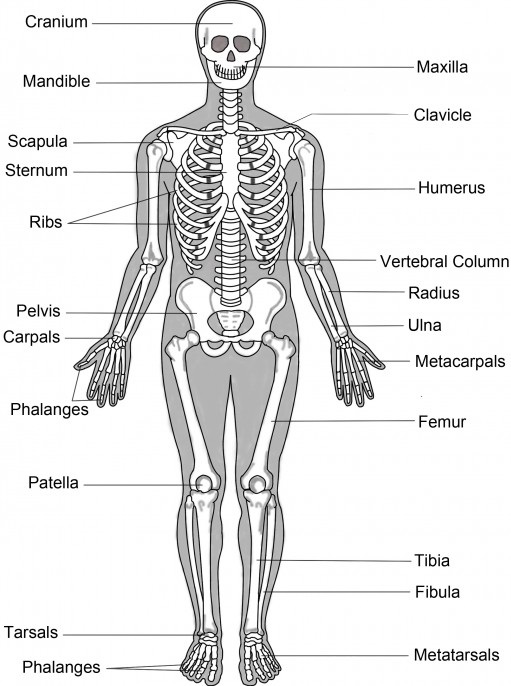Learninsta presents the core concepts of Biology with high-quality research papers and topical review articles.
Disorders of Muscular and Skeletal System
(a) Disorders of Muscular System
Myasthenia Gravis:
An autoimmune disorder affecting the action of acetylcholine at neuromuscular junction leading to fatigue, weakening and paralysis of skeletal muscles. Acetylcholine receptors on the sarcolemma are blocked by antibodies leading to weakness of muscles. When the disease progresses, it can make chewing, swallowing, talking and even breathing difficult.
Tetany:
Rapid muscle spasms occur in the muscles due to deficiency of parathyroid hormone resulting in reduced calcium levels in the body.
Muscle Fatigue:
Muscle fatigue is the inability of a muscle to contract after repeated muscle contractions. This is due to lack of ATP and accumulation of lactic acid by anaerobic breakdown of glucose.
Atrophy:
A decline or cessation of muscular activity results in the condition called atrophy which results in the reduction in the size of the muscle and makes the muscle to become weak, which occurs with lack of usage as in chronic bedridden patients.
Muscle Pull:
Muscle pull is actually a muscle tear. A traumatic pulling of the fibres produces a tear known as sprain. This can occur due to sudden stretching of muscle beyond the point of elasticity. Back pain is a common problem caused by muscle pull due to improper posture with static sitting for long hours.
Muscular Dystrophy:
The group of diseases collectively called the muscular dystrophy are associated with the progressive degeneration and weakening of skeletal muscle fires, leading to death from lung or heart failure. The most common form of muscular dystrophy is called Duchene Muscular Dystrophy (DMD).
(b) Disorders of Skeletal System
Arthritis and osteoporosis are the major disorders of skeletal system.
1. Arthritis:
Arthritis is an inflammatory (or) degenerative disease that damages the joints. There are several types of arthritis.
(i) Osteoarthritis:
The bone ends of the knees and other freely movable joints wear away as a person ages. The joints of knees, hip, fingers and vertebral column are affected.
(ii) Rheumatoid Arthritis:
The synovial membranes become inflamed and there is an accumulation of fluid in the joints. The joints swell and become extremely painful. It can begin at any age but symptoms usually emerge before the age of fifty.
(iii) Gouty Arthritis or Gout:
Inflammation of joints due to accumulation of uric acid crystals or inability to excrete it. It gets deposited in synovial joints.
2. Osteoporosis:
It occurs due to deficiency of vitamin D and hormonal imbalance. The bone becomes sof and fragile. It causes rickets in children and osteomalacia in adult females. It can be minimized with adequate calcium intake, vitamin D intake and regular physical activities.
